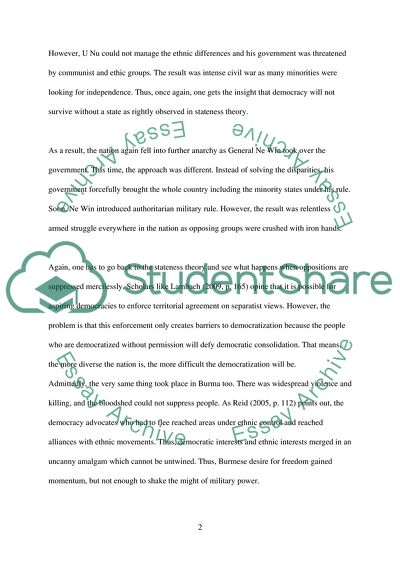Cite this document
(Development and Dilemma of Burma Assignment Example | Topics and Well Written Essays - 1500 words, n.d.)
Development and Dilemma of Burma Assignment Example | Topics and Well Written Essays - 1500 words. Retrieved from https://studentshare.org/politics/1775107-cours-southeast-asia-development-and-dilemma-topic-burmas-political-liberalisation-full-topic-continued-below
Development and Dilemma of Burma Assignment Example | Topics and Well Written Essays - 1500 words. Retrieved from https://studentshare.org/politics/1775107-cours-southeast-asia-development-and-dilemma-topic-burmas-political-liberalisation-full-topic-continued-below
(Development and Dilemma of Burma Assignment Example | Topics and Well Written Essays - 1500 Words)
Development and Dilemma of Burma Assignment Example | Topics and Well Written Essays - 1500 Words. https://studentshare.org/politics/1775107-cours-southeast-asia-development-and-dilemma-topic-burmas-political-liberalisation-full-topic-continued-below.
Development and Dilemma of Burma Assignment Example | Topics and Well Written Essays - 1500 Words. https://studentshare.org/politics/1775107-cours-southeast-asia-development-and-dilemma-topic-burmas-political-liberalisation-full-topic-continued-below.
“Development and Dilemma of Burma Assignment Example | Topics and Well Written Essays - 1500 Words”, n.d. https://studentshare.org/politics/1775107-cours-southeast-asia-development-and-dilemma-topic-burmas-political-liberalisation-full-topic-continued-below.


